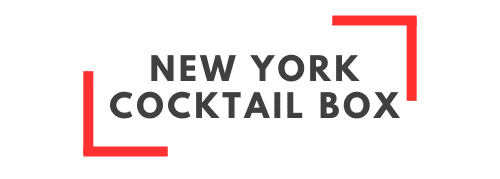Which object pictures can be generated by AI tools?

Artificial Intelligence (AI) has revolutionized many aspects of our lives, and one area where it has shown immense potential is in the generation of images. We explore here the capabilities of AI in generating images of various objects. These powerful algorithms can create realistic and detailed images of various objects, ranging from everyday items like animals or vehicles, to more complex objects like buildings and even abstract concepts. With AI, you can explore endless possibilities in generating object pictures, whether it’s for artistic purpose, design projects, or even virtual simulations.
Understanding AI Image Generation
It’s truly fascinating how AI can bring many objects to life on a digital canvas. AI can generate images using several techniques. A full article written on the subject mentions that one of the most popular techniques is named the Generative Adversarial Networks (GANs). GANs consist of two parts: a generator that creates images and a discriminator that evaluates them.
A voir aussi : How to create a simple bot with Google Dialogflow ?
The generator tries to create more and more images that the discriminator cannot distinguish from real ones, improving its ability over time. Other technologies also exist, but they all share the common goal of creating realistic and diverse images.
Types of images AI can Generate
AI can generate various types of images. This includes:
Dans le meme genre : The ultimate AI is there: using chatbot to various ends (learning, writing, etc.)
- everyday objects like chairs and tables,
- landscapes such as mountains and oceans,
- portraits of non-existing people,
- abstract images that are only limited by the imagination of the AI.
For example, AI has been used to create artwork that has been sold in auctions, demonstrating its ability to generate complex and creative images. AI can generate highly realistic images of objects, scenes, and even people.
These images can be indistinguishable from actual photographs. AI can apply the style of one image onto another, creating amazing combinations. For instance, you can transform a regular photo into a painting in the style of Picasso.
Limitations and ethical considerations
Despite its capabilities, AI image generation has its limitations. It requires large amounts of data and computational resources, and the quality of the generated images can vary according to the nature of the training data. If the training data is incomplete, it can lead to biased or inaccurate results.
On the other hand, there are copyright and intellectual property considerations. Ethically, it's important to ensure that AI does not create images that infringe on privacy or copyright. For instance, generating images of people without their consent or creating replicas of copyrighted artwork would be unethical. There are ethical concerns around the potential misuse of AI-generated object pictures. These images can be used for deceptive purposes, such as creating fake or misleading content.
AI has shown remarkable potential in generating images of various objects. While there are limitations and ethical considerations to keep in mind, the possibilities are vast. As AI continues to improve, we can expect to see even more impressive capabilities in image generation!
